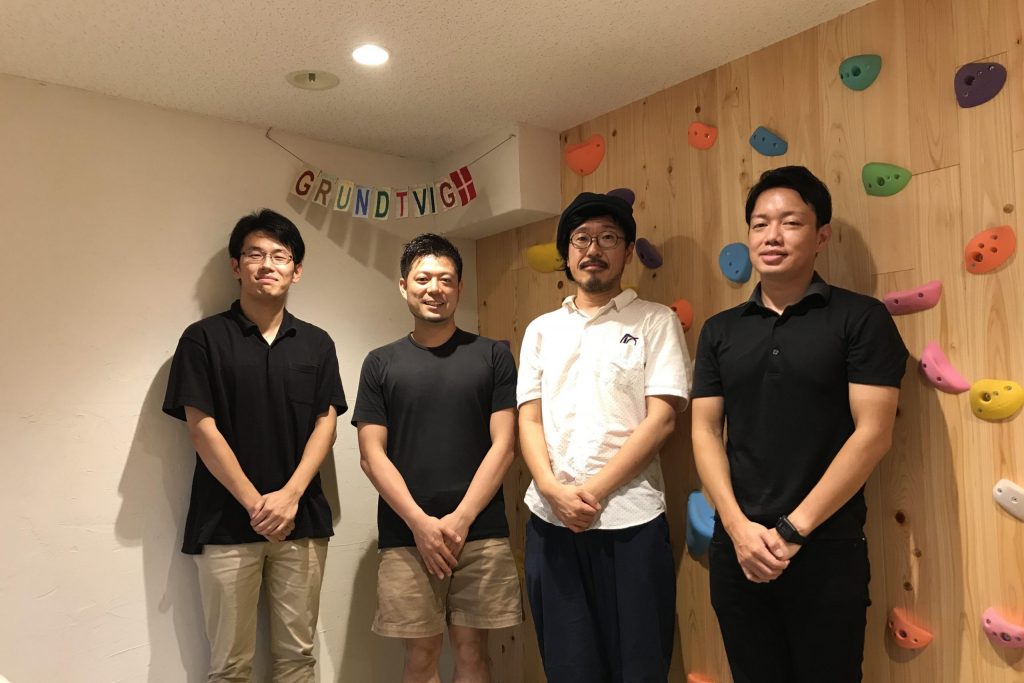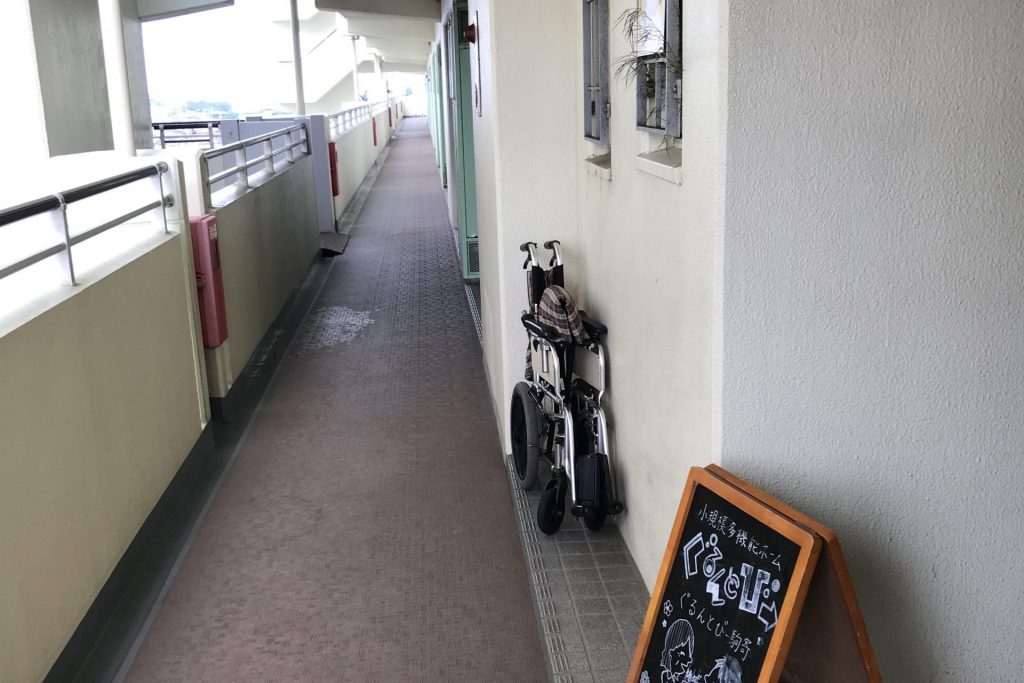2020 HAPI 2nd Prize Winner
Inspired by the way in which communities came together to support each other in the aftermath of the Great East Japan Earthquake, Grundtvig.inc has developed a unique concept of a nursing home that also serves as an intergenerational hub that helps revitalize the local community. Situated in Fujisawa City, Kanagawa Prefecture, which is Southwest of Tokyo, the Grundtvig housing complex is home to 478 residents, of whom 60 percent are over the age of 65. Centered around the concept of “the housing complex as one big family,” Grundtvig’s goal is to provide the residents with happiness and fulfillment as they age, rather than just emphasizing their physical health.
In 2015, Grundtvig leveraged an existing Urban Rennaisance (UR) housing complex—a form of semipublic affordable housing in Japan—to create a sustainable community where older people can continue to live in the environment with which they are familiar. One room in the housing complex was converted into a small-scale multifunctional facility, and about 10 caregivers and other nursing staff moved into the housing complex to provide home-based care, fostering a community environment where staff and older people collaborate and live together. All of the 239 rooms in the apartment complex can function as paid nursing home rooms, but using existing UR housing has had the added benefit of reducing costs dramatically when compared to constructing a new nursing facility from scratch.
By being willing to adapt to the developing situation, Grundtvig has been able to expand its program to fill perceived gaps in services not just for older people but for the whole community. For example, in 2017 they established an in-home nursing station, and in 2020 they created a business providing services such as shopping assistance, health consultations, post-natal rehabilitation, sports for children, and more. This has made the housing complex an attractive place for both older and younger people to live, with 39 new residents moving in over the past four years, including not only older adults but families with young children and single mother households. As Grundtvig’s CEO, Mr. Sugawara, explains, the philosophy is to “have residents take a bottom-up approach to create a living environment that they can all enjoy, and where no one is left behind,” representing the Sustainable Development Goal concept at the community level.
The care provided at Grundtvig empowers older people, focusing on their happiness and wants, not just their physical health. This means creating “care that fulfills what a person wants to do.” For example, if a person wants to be able to cook or tend their fields, that can provide motivation to improve their health and empower them to take control of their lives. In addition, the fact that caregivers are also neighbors who reside in the same complex creates a relationship of trust and a sense of security that functions as part of the care provided. As one resident expressed, “I can live in peace thanks to Grundtvig.” This has led to marked improvements of around 60 percent in the level of care required by older people with care needs in the facility.
The Grundtvig model provides a sustainable and cost-effective model for community-based care. After initial startup costs, which were already lower than what it would take to construct a specialized nursing home facility, the complex began to turn a small profit each month, while still improving outcomes for older people. While they have utilized a housing option unique to Japan, the Japan International Cooperation Agency (JICA) has evaluated the program as being feasible for implementation in other countries in Asia.
- Approaching care through the lens of “the housing complex as one big family” and creating an intergenerational community, which includes caregivers, has led to improved care outcomes
- Care that places a premium on happiness and identifying what motivates the individual empowers older people to take control of their own health and lives
- Ensuring each and every person, regardless of age, is included in community building
- Willingness to be adaptable and to accept that “what may be a correct answer for now may not always be true” has allowed them to create new options to fill gaps in the services provided
- Leveraging existing affordable housing options dramatically reduced start-up costs
Related Resources (in Japanese)





